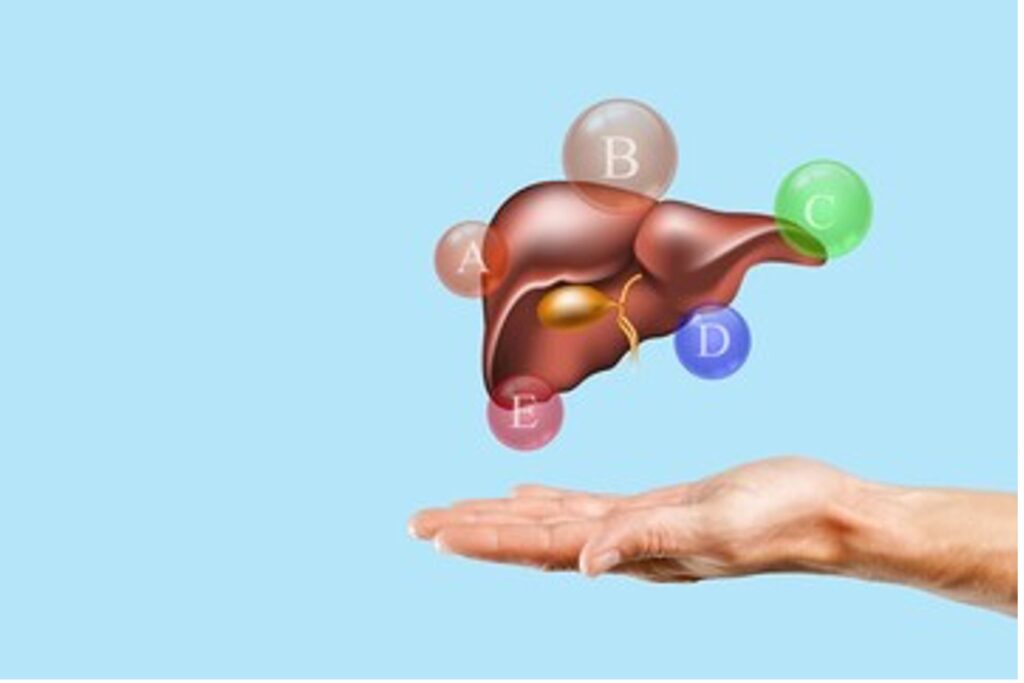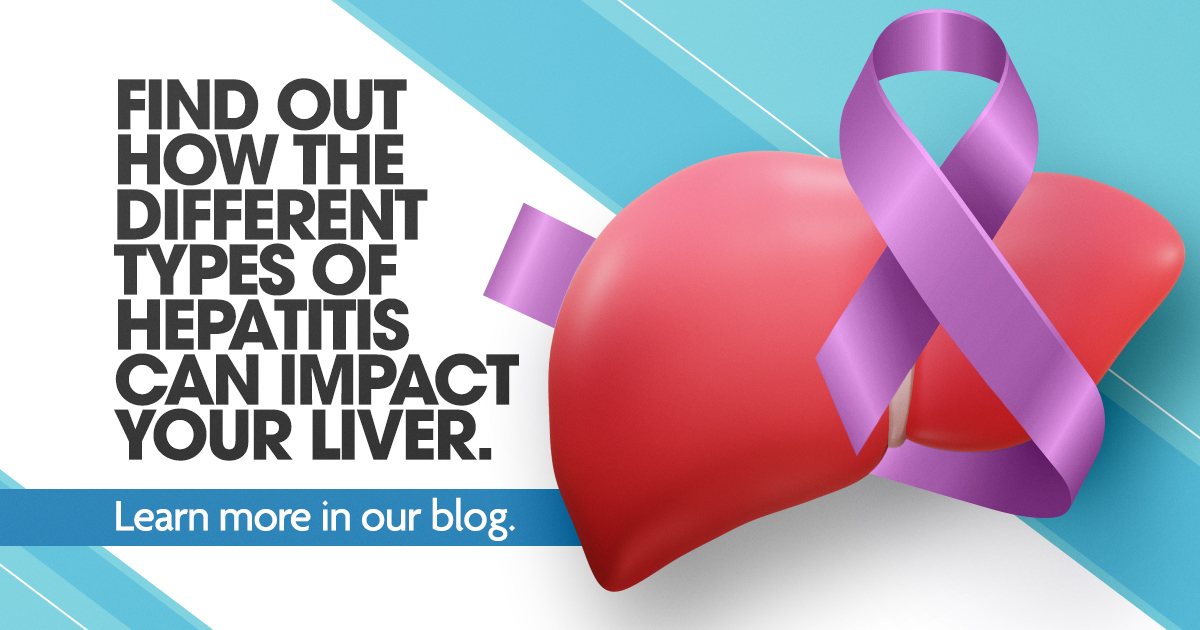Ready to learn the ABCs? Only this time, it’s time to learn the hepatitis ABCs. Our latest blog is here to help you distinguish between different types of hepatitis because knowledge is power!
Hepatitis Awareness Month
It’s May! This means it’s officially Hepatitis Awareness Month, shining a light on the condition affecting an estimated 325 million people worldwide. But what exactly is viral hepatitis? Many of us may don’t realize that viral hepatitis is the leading cause of liver cancer and cirrhosis, making it a major public health concern. It’s a group of infectious diseases that can cause liver inflammation and damage. And while there are vaccines and treatments available for some types of hepatitis, many people don’t realize they’re infected until it’s too late. Scientists have been hard at work identifying the unique characteristics that set the five types – A, B, C, D, and E – apart from each other. Each causes liver disease, but the severity, transmission method, and overall impact on health can vary greatly. Let’s take a closer look at each below.

Hepatitis A Virus
It’s important to understand that hepatitis A is unique in its transmission. Unlike hepatitis B and C, which are often spread from blood-to-blood contact or sexually transmitted, hepatitis A is transmitted through contaminated food or water. While it’s less common in the U.S. than the other two types, there are still tens of thousands of cases diagnosed each year. Those at the highest risk for infection include travelers to countries with high rates of hepatitis A, use of drugs, engaging in risky sexual behavior, and those living in unsanitary conditions.
Hepatitis B Virus
According to the World Health Organization, an estimated 257 million people worldwide are living with hepatitis B. Compared to other types, hepatitis B is rather prevalent. It’s transmitted primarily through exposure to infected bodily fluids, including blood, semen, and vaginal secretions. This means that those with a higher risk of infection are individuals who engage in unsafe sex, share needles, or work in healthcare settings. While anyone can contract it, those who are most susceptible include infants who are born to mothers with hepatitis B and those who are immunocompromised.
Hepatitis C Virus
Compared to other types, hepatitis C is far more dangerous. Worldwide, it’s estimated that approximately 58 million people have a hepatitis C infection. The virus spreads through blood-to-blood contact, which means that sharing needles, razors or having unprotected sex with an infected person can put you at risk. Just like hepatitis B, hepatitis C is transmitted through blood or other bodily fluids. The most vulnerable groups are those who inject drugs, have HIV or have received a blood transfusion before 1992. However, it is important to note that hepatitis C can be contracted through other means like body piercings, tattoos, and unprotected sex.
Hepatitis D Virus
Unlike its more commonly known cousins, hepatitis D can only be contracted in conjunction with hepatitis B. That means that if you’ve never had hepatitis B, you really don’t have to worry about hepatitis D. However, for those who have had B, the risk of contracting D increases. Given that both strains can lead to liver scarring or even failure, it’s not something to take lightly.
Hepatitis E Virus
Much like hepatitis A, hepatitis E is transmitted through contaminated food and water. This means that even if you’ve never engaged in risky behavior or shared needles, you could still be at risk. It’s important to know that while hepatitis E can cause serious health problems. It’s also highly preventable through good hygiene and careful food preparation.
Early detection is a vital component in the effective treatment of hepatitis. A hepatitis infection may not show any symptoms until it has caused considerable damage to the liver, making early detection even more important. While treatment options are available, they are significantly more effective when the infection is caught in its early stages. Therefore, regular testing is essential, especially for those at a higher risk of contracting the disease.

Don’t let bad liver habits hold you back from a good life. Liver studies are now enrolling at Clinical Pharmacology of Miami. Those that qualify and participate may have access to doctors and other medical staff at no cost and receive compensation for time and travel. Learn more by visiting our website now!
Resources:




